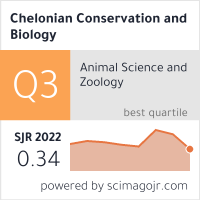INFLUENCE OF ENVIRONMENTAL AWARENESS, PRACTICES AND SUSTAINABILITY: A COMPREHENSIVE REVIEW
Abstract
When you look up the term "environment," you'll find that it refers to the things that surround you, as well as the things that influence the growth and development of humans, animals, and plants. The environment is defined as the physical components of the Earth, such as land, air, and water, that sustain and influence life in the biosphere. It has been said that A. Goudie has considered the environment as a physical representation of Earth's components, in which man is an essential part. A more comprehensive definition of the environment is one that encompasses a wide range of spatial elements and socio-economic systems, each of which has its own unique characteristics. The scope, in turn, could be determined by our own concerns and priorities, which are reflected in our definitions of the environment (Patten,1978). There are many ways to perceive the environment, but it can be fairly said that the environment is an indivisible totality and is composed of the interconnected systems of physical, biological, and cultural aspects. As a result of the physical environment, human habitats were characterised by a wide range of possibilities and constraints. Plants, animals, microbes, and humans are all included in the biosphere. Essentially man-made components (economic, social, and political) make up the cultural environment.
Downloads
Published
How to Cite
Issue
Section
License
Copyright (c) 2025 Chelonian Research Foundation

This work is licensed under a Creative Commons Attribution 4.0 International License.






